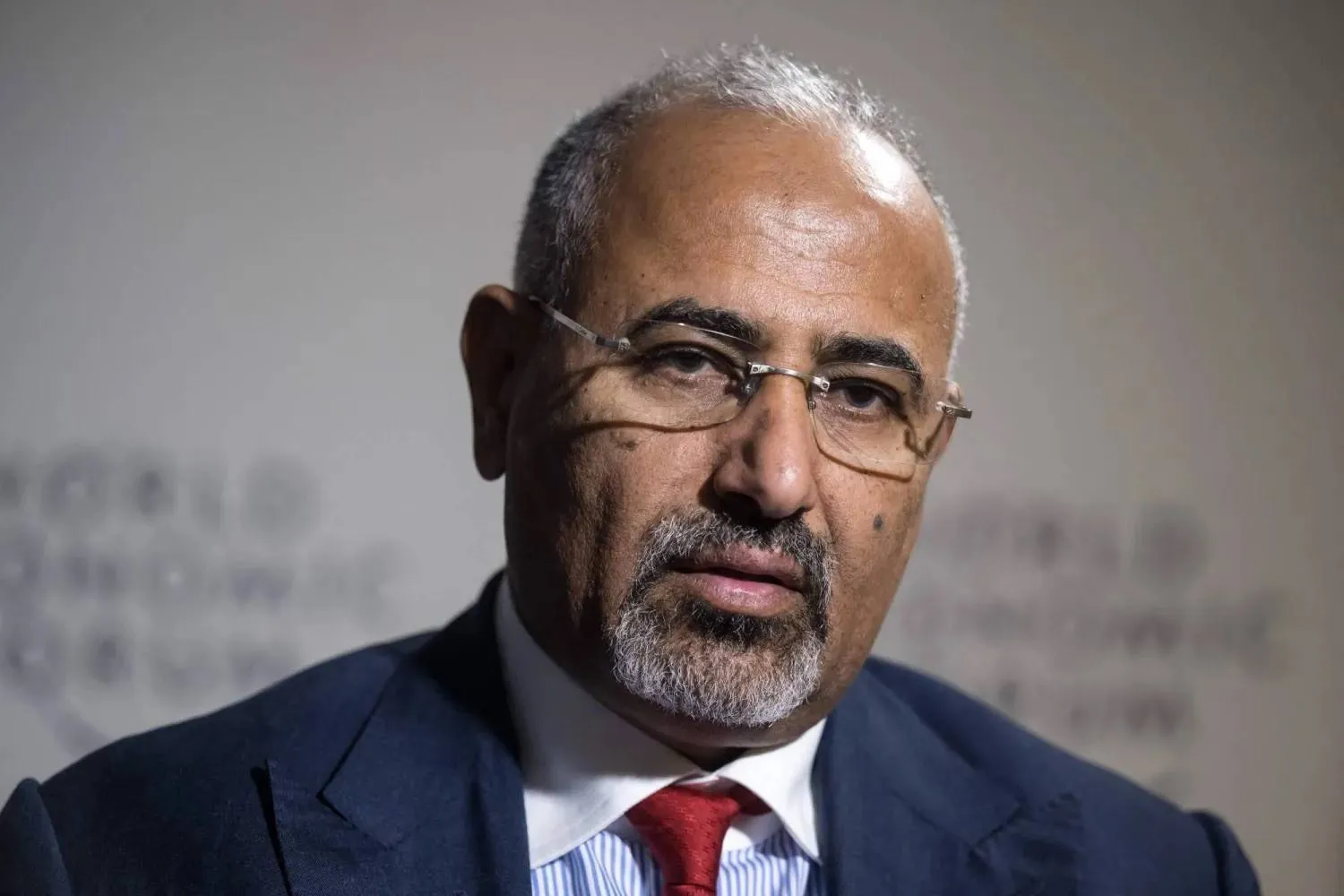US forces attacked extremist leaders in Syria Saturday, the Pentagon said, in what a battlefield monitor called a missile strike that left at least 40 dead.
The US Defense Department said the attack targeted leaders of Al-Qaeda in Syria north of Idlib. It did not say what kind of weapon was used or give any details.
The missiles targeted leaders of radical groups and allied factions near Idlib, the Syrian Observatory for Human Rights said.
Syrian regime airstrikes on the extremist-run Idlib region had stopped on Saturday, after the regime agreed to a Russia-backed ceasefire following four months of deadly bombardment, the monitor said.
But "a missile attack targeted a meeting held by the leaders of Hurras al-Deen, Ansar al-Tawhid and other allied groups inside a training camp" near Idlib city, said Rami Abdel Rahman, head of the Observatory.
The attack killed at least 40 extremist leaders, the Britain based monitor said.
The US Central Command said in a statement that the attack targeted leaders of Al-Qaeda in Syria (AQ-S) "responsible for attacks threatening US citizens, our partners and innocent civilians. Additionally, the removal of this facility will further degrade their ability to conduct future attacks and destabilize the region."
An AFP correspondent saw clouds of black smoke rising over the area after blasts rocked the area.
Ambulances rushed to the site of the attack, which was closed off to journalists, he said.
It was not immediately clear if the missiles were launched from war planes or positions on the ground, the monitor said.
CENTCOM declined to say what kind of weaponry was used.
Al-Qaeda-linked Hurras al-Deen was established in February 2018 and has some 1,800 fighters, including non-Syrians, according to the Observatory.
The group and its ally Ansar al-Tawhid both operate in the Idlib region and are members of a joint extremist operation room that also includes Al-Qaeda's former Syria affiliate, Hayat Tahrir al-Sham.
Most of Idlib province and parts of neighboring Aleppo and Latakia provinces are controlled by HTS.









